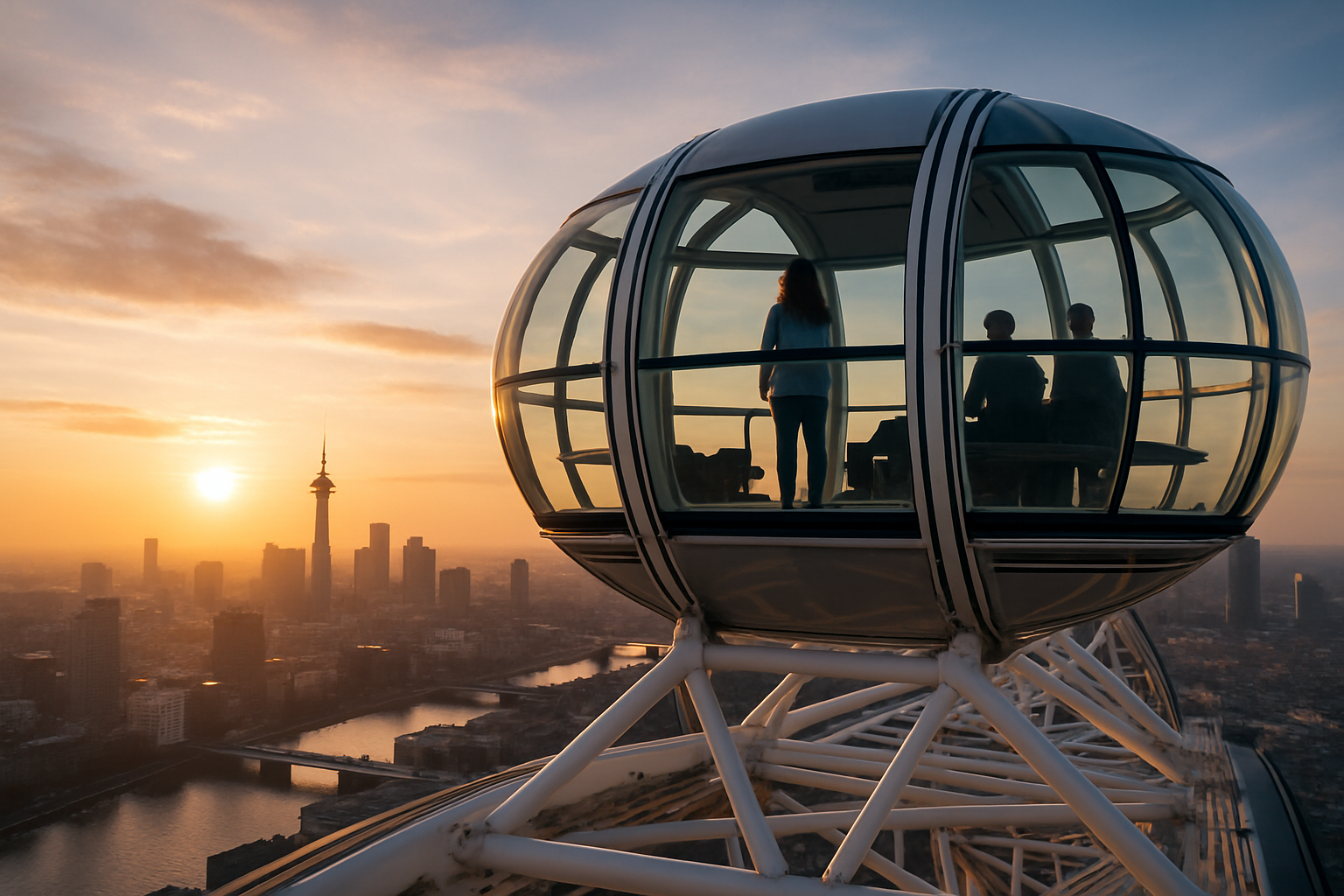Skyscraper Tourism: Elevating Travel Experiences to New Heights
The global skyline is evolving, and with it, a new breed of traveler is emerging. Skyscraper tourism, a niche yet rapidly growing segment of the travel industry, is captivating adventurers and architecture enthusiasts alike. This trend goes beyond simply admiring towering structures from afar; it involves immersive experiences within these vertical marvels, offering unique perspectives on cities and pushing the boundaries of urban exploration.

Today’s skyscrapers are not just architectural feats; they’re vertical microcosms offering everything from observation decks and sky-high restaurants to luxury hotels and even residential spaces. This evolution has turned these buildings into attractions in their own right, drawing millions of visitors annually and reshaping urban tourism landscapes.
Beyond the Observation Deck
While traditional observation decks remain popular, modern skyscraper experiences are pushing the envelope. Glass-bottom sky bridges, such as those found in Shanghai’s Jin Mao Tower, offer heart-pounding walks with dizzying views below. In Dubai, the Burj Khalifa’s At The Top SKY lounge on the 148th floor provides a premium experience with personalized tours and refreshments at nearly half a kilometer above ground level.
Some buildings are taking the concept even further. The Edge at Hudson Yards in New York City features a glass floor and angled glass walls, creating the illusion of floating over the city. These innovative designs are not just about the view; they’re about creating immersive, multi-sensory experiences that challenge our perceptions of height and space.
The Architectural Pilgrimage
For many enthusiasts, skyscraper tourism has become a form of pilgrimage. Travelers plan entire trips around visiting iconic structures, from the twisting Shanghai Tower to the needle-like Taipei 101. This has given rise to skyscraper-centric itineraries and tours, focusing on the history, engineering, and cultural significance of these urban giants.
Architects and engineers are capitalizing on this trend, designing buildings with tourism in mind. Features like sky gardens, public art installations, and interactive exhibits are becoming common, transforming skyscrapers into vertical museums and cultural centers. The Shard in London, for instance, offers art installations and performances alongside its panoramic views, creating a more rounded cultural experience.
The Economics of Elevation
Skyscraper tourism is proving to be a lucrative venture for cities and developers alike. Premium experiences command high ticket prices, while the influx of visitors boosts local economies through increased spending on accommodation, dining, and retail. Cities are recognizing the potential of their vertical assets, with many incorporating skyscrapers into their broader tourism strategies.
This economic incentive is driving innovation in skyscraper design and functionality. Developers are increasingly considering tourist appeal in their plans, leading to more diverse and engaging high-rise experiences. From revolving restaurants to sky-high swimming pools, these amenities are becoming selling points not just for tourists, but for potential tenants and residents as well.
Challenges and Considerations
While skyscraper tourism offers exciting opportunities, it also presents unique challenges. Safety and security are paramount concerns, requiring sophisticated systems and protocols. Managing large crowds in confined, high-altitude spaces demands meticulous planning and execution.
Environmental considerations are also coming to the forefront. The energy consumption of these massive structures is significant, and there’s growing pressure to make them more sustainable. Some skyscrapers are rising to this challenge, incorporating green technologies and design principles to reduce their environmental impact while enhancing the visitor experience.
Elevating Your Skyscraper Experience
-
Research seasonal variations in visibility to maximize your viewing experience
-
Book tickets in advance, especially for popular destinations, to avoid long queues
-
Consider visiting during off-peak hours for a more relaxed experience
-
Look for combination tickets that offer access to multiple levels or experiences
-
Don’t forget to check weather forecasts; clear days offer the best views
-
Bring a good camera, but be aware of any photography restrictions
As cities continue to reach for the sky, skyscraper tourism is set to grow and evolve. This trend not only offers breathtaking views and unique experiences but also provides a new lens through which to understand urban development and architectural innovation. For the intrepid traveler, these vertical voyages promise to elevate the travel experience, quite literally, to new heights.





